Ilya Panov
Unit Summary 2
Unit 2 introduced us to Egyptian , Greek and Roman art. Unlike the naturalistic art of the greeks or the romans, Egyptian art contained a functionality. Functionality that provided benefits to a leader. As well as Egyptian statuary were used for ritual action and royal or elite statuaries served as a middle man between people and gods.
As well,a lot of Egyptian art contained what’s called a hierarchy of scale. Setting apart the Egyptian rulers and deities by making them much larger than a everyday Egyptian.
The Greeks were able to achieve a super naturalistic look in there art. They took the Kouros boy and added a more natural contrapposto stance. Clearly showing a displacement of weight between the legs , as if the statue is capable of movement as seen in the Polykleitos, Doryphoros (Spear-Bearer) or The Canon. The Greeks were also able to capture emotion and motion in there art. As seen in ‘Great Altar of Zeus from Pergamon” expressions can can clearly be seen on the marble statue faces. Agony and confusion is portrayed on the faces and in the movement of the arms and body.
Roman was born out of civil war and naturally of there art depicts victories of major battles in service to the state. Victories such as Monument of Aemilius Paullus at Delphi).
Romans patrons also choose to be depicted in the marble stone with every flaw hyper announced, in hopes that this will portray them hard working citizen who acquired much wisdom through their lifetime. Flaws such as bald heads, large noses and, wrinkles were exaggerated as can be seen on the Marble bust of a man,




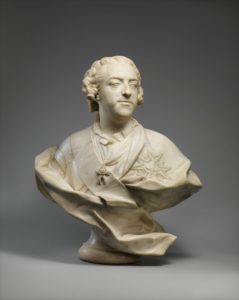
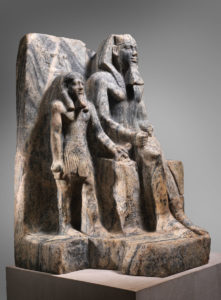
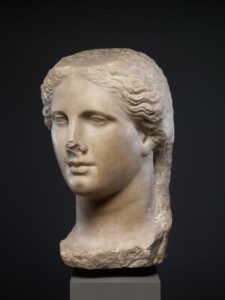
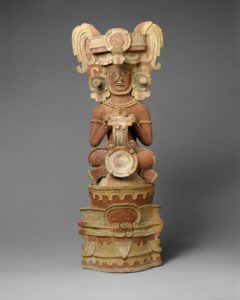

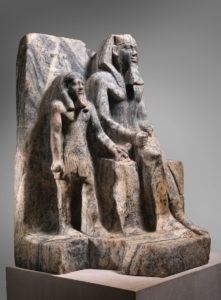



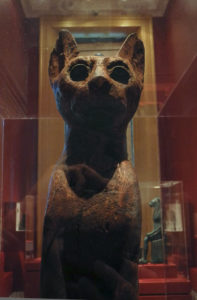
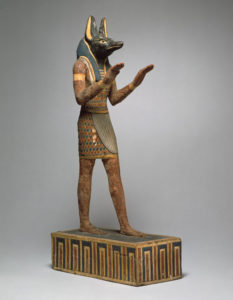
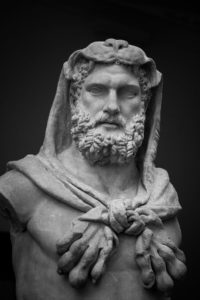
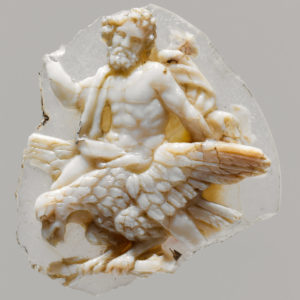
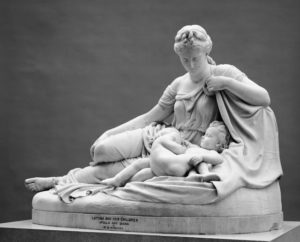





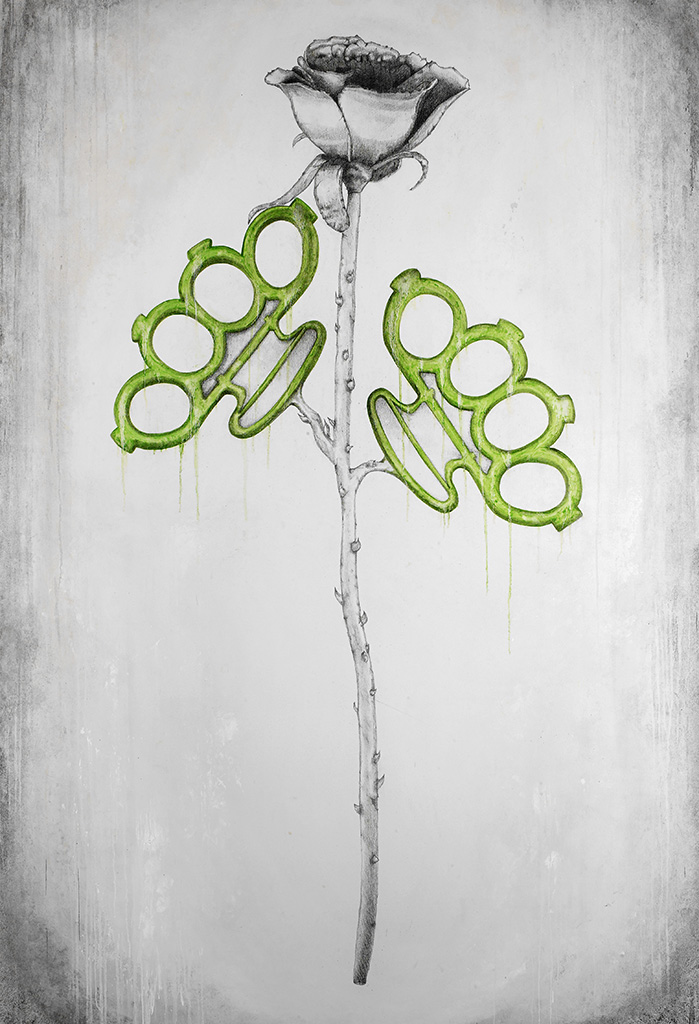
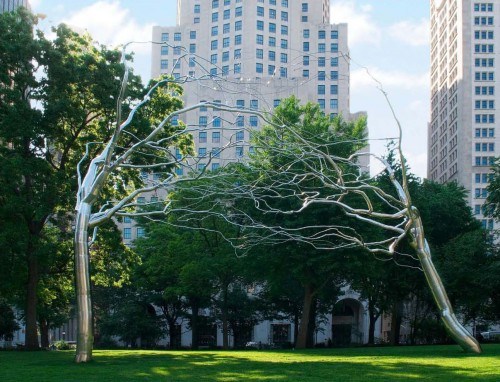
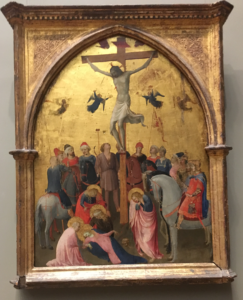 For the Renaissance era I used Fra Angelico’s “The Crucifixion,” dated to the 1420s. This is a great example of Renaissance art because it focuses on a violent religious event, however, the artist manages to make the scene appear delicate. The picture depicts Christ crucified on the cross with people surrounding him and angels in the background. Some of the men appear to be holding spears that have caused the wounds on Christ. There is blood coming out Christ’s chest, but true to Renaissance qualities even that appears still and light, like the other hues of red in the painting that are also light. Even the Virgin Mary passed out on the floor lacks the dramatic chaos of what would be seen if this were to be a Baroque painting.
For the Renaissance era I used Fra Angelico’s “The Crucifixion,” dated to the 1420s. This is a great example of Renaissance art because it focuses on a violent religious event, however, the artist manages to make the scene appear delicate. The picture depicts Christ crucified on the cross with people surrounding him and angels in the background. Some of the men appear to be holding spears that have caused the wounds on Christ. There is blood coming out Christ’s chest, but true to Renaissance qualities even that appears still and light, like the other hues of red in the painting that are also light. Even the Virgin Mary passed out on the floor lacks the dramatic chaos of what would be seen if this were to be a Baroque painting.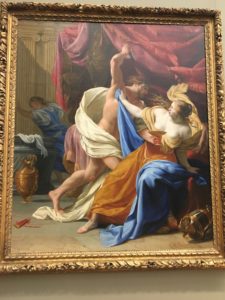 painting that caught my attention because of what was being shown. Although there are only three people in the painting, it seems like there is a lot happening. At the forefront is a man with a dagger held high, aimed at a woman with her breasts peeking out of her disheveled dress. Both of their faces show fear, which adds to the mayhem surrounding them. True to Baroque era qualities, there is real sense of dramatic disorder, especially upon looking into the context of the story which is one of a man named Amnom- the son of David- raping his half-sister. This action in the painting is illustrated through the running maid in the background, the vases scattered on the floor, and the flying sheets and clothes. Despite being a painting, there is no stillness to the painting and the audience can practically feel the urgent emotions that are being shown.
painting that caught my attention because of what was being shown. Although there are only three people in the painting, it seems like there is a lot happening. At the forefront is a man with a dagger held high, aimed at a woman with her breasts peeking out of her disheveled dress. Both of their faces show fear, which adds to the mayhem surrounding them. True to Baroque era qualities, there is real sense of dramatic disorder, especially upon looking into the context of the story which is one of a man named Amnom- the son of David- raping his half-sister. This action in the painting is illustrated through the running maid in the background, the vases scattered on the floor, and the flying sheets and clothes. Despite being a painting, there is no stillness to the painting and the audience can practically feel the urgent emotions that are being shown.

